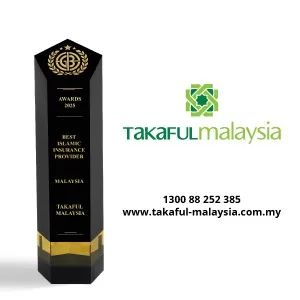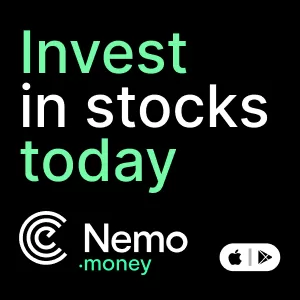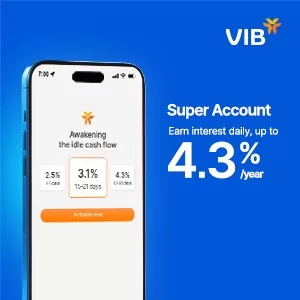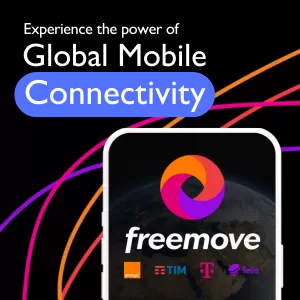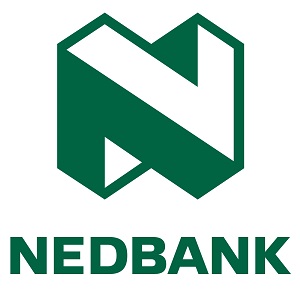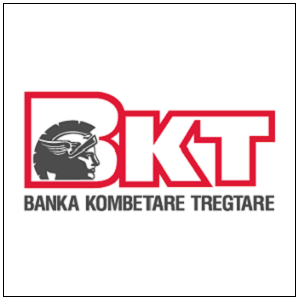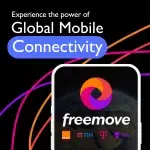Technology
Japanese Researchers Redefine High-Speed Data Transfer: 1.02 Petabits and What It Means for You
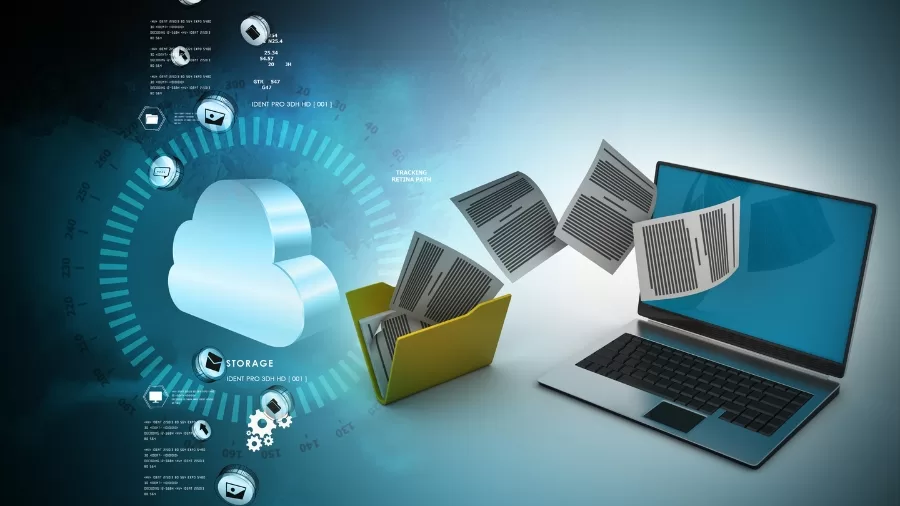
- A New Age of Connectivity: Japanese scientists have completed a world-first by delivering 1.02 petabits per second across 1,123 miles, paving the way for an era of revolution in global connectivity.
- Your Opportunity: This innovation brings practical applications to your business, ranging from speedier data transfers to effortless global operations, leading to a petabit-driven future.
Imagine this: downloading all the movies, television shows, and documentaries on Netflix in one second. Sounds like science fiction? Researchers in Japan made it a reality. They pulled off an eye-popping 1.02 petabits per second data transfer across 1,123 miles of fibre optic cable. That’s 1 million gigabytes per second, plenty to remake how you work, stream, and connect around the world.
Headed by the National Institute of Information and Communications Technology (NICT) and Sumitomo Electric Industries, this achievement is more than a figure. It’s a glimpse of what’s to come: a world where lightning-fast data transmission fuels your business and life. Let’s take a closer look at what it means for you and why it matters.
The Breakthrough: Unpacking 1.02 Petabits
This is a record-breaking feat. The group of researchers transferred 1.02 petabits—1,000 trillion bits—per second over 1,808 kilometres (1,123 miles). That’s about the distance from London to Lisbon or New York to Chicago. They employed a 19-core optical fibre, a cable thinner than a human hair, to achieve this internet speed record.
Here’s the detailing:
Speed: 1.02 petabits per second, enough to download Netflix’s entire content in one second.
Distance: 1,808 km, replicating long-distance networks such as transcontinental connections.
Technology: 19-core fibre optic cable, typical 0.125 mm diameter.
Significance: World’s highest capacity-distance product (1.86 exabit-seconds per kilometre).
Earlier records, such as 1.7 petabits for 63.5 km in 2023, could not keep pace with this distance. Bringing high-speed data transfer to more than 1,123 miles makes it a viable step towards connectivity on a global scale.
The Technology Behind the Speed
How did they do it? The trick is a 19-core optical fibre. In contrast to single-core fibres, this cable contains 19 independent paths, similar to a multi-lane road for data. Every core transmits its signal, significantly boosting capacity without adding bulk to the cable.
Key items are:
19-Core Fibre: 19 simultaneous data streams in a single 0.125 mm cable.
Dual-Band Amplification: C-band and L-band systems amplify signals over distances.
MIMO Processing: Multi-input, multi-output technology minimises interference, allowing for effective data transmission.
Loopback Testing: Signals looped 21 times over an 86.1 km fibre to mimic 1,808 km.
Fibre’s standard size makes it compatible with existing infrastructure. You might be able to upgrade your network without tearing out old cables. This kind of compatibility is revolutionary for optical fibre communication.
Why Should This Matter to You?
Your world runs on data. Whether you’re a London-based entrepreneur, a global supply chain manager, or a content creator, data demands are soaring. By 2030, global data traffic is expected to triple, reaching 4.8 zettabytes annually. Current networks, capped at 100-300 terabits per second, are buckling. This petabit internet breakthrough offers a lifeline.
Consider the benefits:
Business Efficiency: Move massive datasets—think AI models or financial records—in seconds.
Customer Experience: Stream 8K video or immersive AR/VR content lag-free.
Global Operations: Link London, Dubai, or Singapore offices with near-zero latency.
Ask yourself: Is your network today prepared for the data explosion of the 2030s? This technology might keep you ahead.
Real-World Applications for Your Business
This is not a far-off dream. The 19-core fibre’s backwards compatibility with current systems makes it an upgrade worth considering. Here’s how fast data transfer can revolutionise your operations:
Data Centres Transfer full server backups or AI training data sets in minutes. A London cloud provider, for instance, might sync petabytes of data every hour.
Telecommunications: Upgrade transatlantic cables to support petabit-scale traffic, connecting the UK with the US seamlessly.
Smart Cities: Fuel IoT ecosystems—traffic sensors, smart grids, or security systems—with real-time data.
Media and Entertainment: Stream live world events, such as Premier League matches, to millions without buffering.
Healthcare: Make possible the real-time exchange of enormous medical image files, enhancing diagnostics worldwide.
Envision a London financial technology company settling trades on different continents within milliseconds. Or a video startup streaming live 8K content to viewers worldwide. What might a petabit internet be able to bring to your sector? For example, a UK-based online retailer could instantly synchronise stock data among warehouses in Europe and Asia, reducing delays and increasing sales.
Challenges to Overcome
No breakthrough is without challenges. Applying this technology at a mass level has challenges:
Amplifier Limitations: Existing optical amplifiers have difficulty with 19-core signals across long distances.
MIMO Complexity: Processing multi-core signals needs sophisticated, expensive processors.
Deployment Costs: Fibre networks over long distances are costly to deploy despite cable compatibility.
Scalability: Producing 19-core fibres in quantity at reasonable prices is still a challenge.
These are not dead ends. NICT is optimising amplification methods, and Sumitomo Electric is optimising fibre manufacturing. As a business executive, you’ll be interested in following these developments. Does falling behind cost you a competitive advantage? By staying ahead, you’ll be prepared when petabit internet goes mainstream.
A Personal Anecdote
I used to advise a London ad agency with sluggish file transfers. The 50GB campaign video spent hours being transferred to their New York client, slowing down pitches and infuriating teams. A 1.02 petabit connection would have transferred it in less than an instant. Your company may be experiencing similar bottlenecks—data transfers, cloud backups, or global syncs. This Japanese innovation could erase those headaches.
Consider your most recent disappointing download or lost video call. Now think of a world without those frustrations. That’s the promise of this fast-data transfer technology. How many hours and dollars could you save with instant connection?
What’s Next for Global Connectivity?
This record-breaking transfer is only the start. The 1.86 exabit-seconds per kilometre capacity-distance product is the highest in recorded history, suggesting even higher capability. Scientists are looking at transoceanic cables, such as London-New York (3,292 miles). Speeds will decrease over such distances, but they’d still be faster than today’s networks.
Developments in the future include:
Transoceanic Networks: Petabit-scale cables between continents by 2035.
AI and 6G: AI training and next-generation wireless networks will be powered by high-speed data transfer.
World Infrastructure: Existing cables could be upgraded to increase capacity with minimal overhauls.
Energy Efficiency: Reduce energy consumption by 15% in data centres by 2030 through faster transfers.
What’s your business’s role in this hyper-connected world? Will you be at the front or playing catch-up? The decisions you make today may determine your success in a petabit-enabled world.
How You Can Prepare
You don’t have to be a technical expert to capitalise on this revolution. This is how to put your business in the petabit era:
Audit Your Network: Check for bottlenecks in your existing infrastructure. Is sluggish transfer holding you back?
Partner with Innovators: Team up with telecom operators such as Zayo or BT, who are spending on fibre optic technology.
Invest in Scalability: Opt for infrastructure that supports multi-core fibre for easy upgrade in the future.
Stay Up to Date: Keep an eye on Sumitomo Electric and NICT for the latest on deployment schedules.
Train Your Team: Make sure that your IT team is aware of new network technology.
For instance, Zayo is going to install 5,000 miles of long-distance fibre by 2030 to cater to data needs. Collaborating with such companies may provide your company with a jumpstart. Begin small—evaluate one process that is dependent on transferring data, and look at how a petabit internet might improve it.
The Bigger Picture
This innovation is more than speed. It’s about creating a world where data moves freely across borders. From London to Tokyo, companies will run in real-time. Consumers will view content on demand. Cities will get smarter, driven by IoT and AI.
Imagine the worldwide impact:
- Economic Growth: Quicker networks may add 1% to global GDP by 2035, according to McKinsey estimates.
- Sustainability: Optimised data transfers lower data centre energy usage.
- Digital Equity: Rural areas would achieve high-speed connectivity, bridging the digital divide.
- Innovation: Sectors such as healthcare, finance, and logistics will realise new opportunities.
Where does your industry stand in a petabit-enabled world? Would this technology create new markets or optimise your supply chain? For example, a British logistics company might monitor cargo in real-time across continents, reducing costs and transit times.

